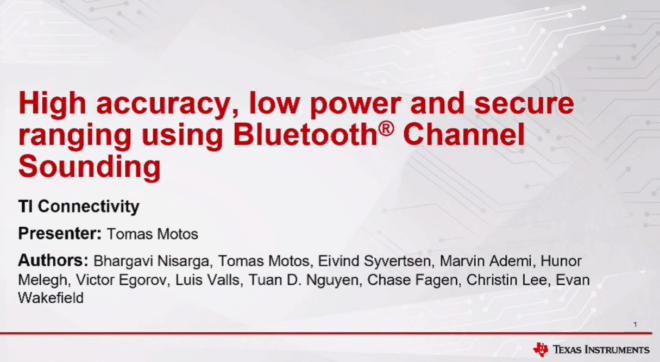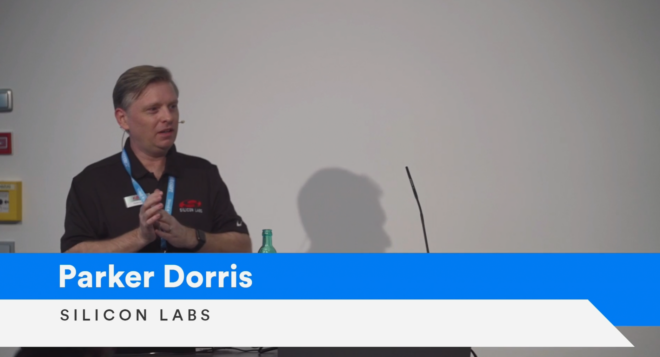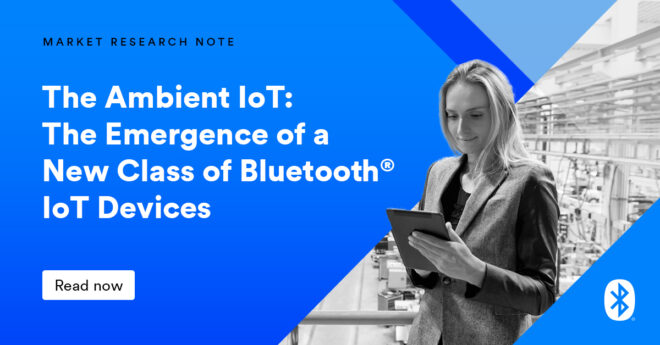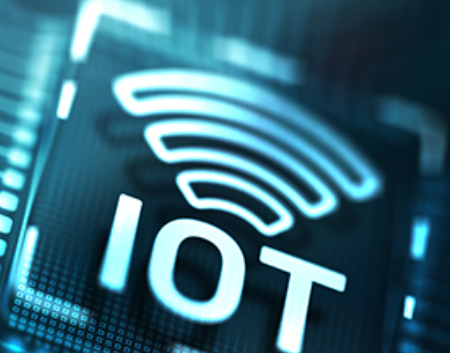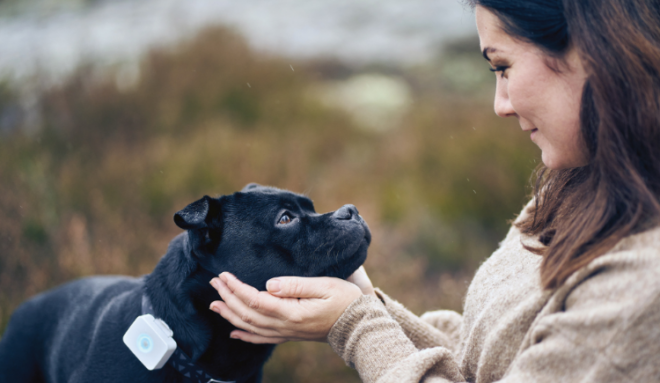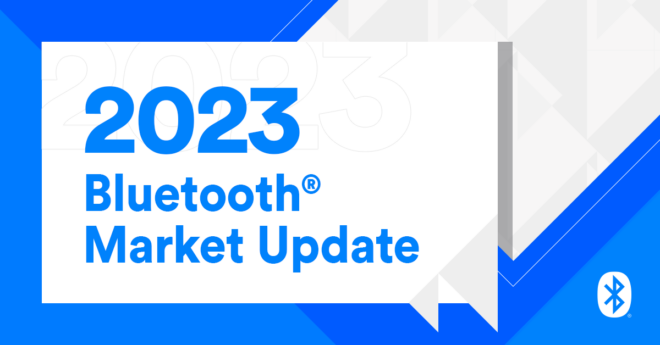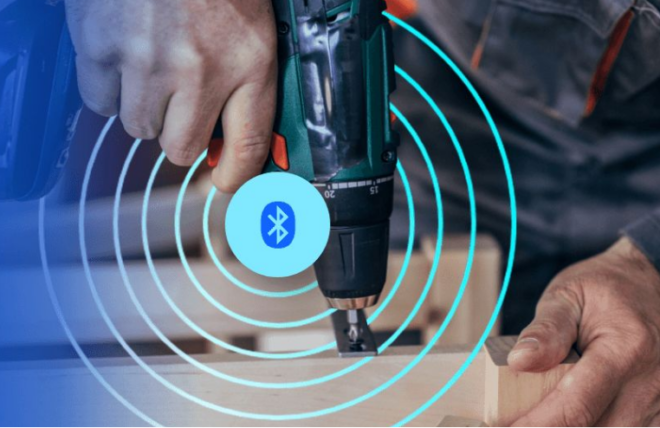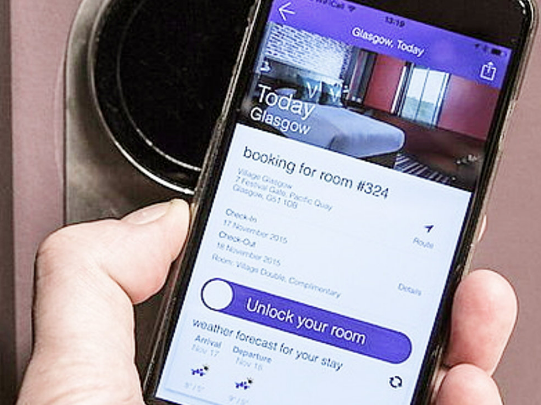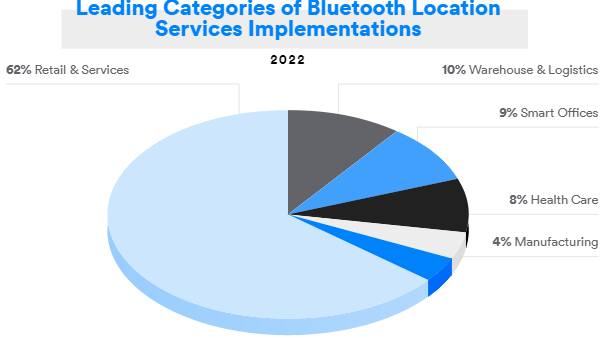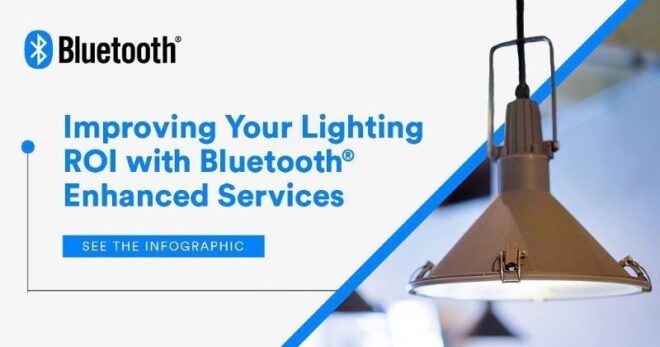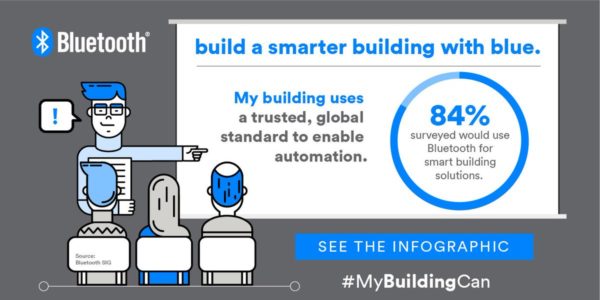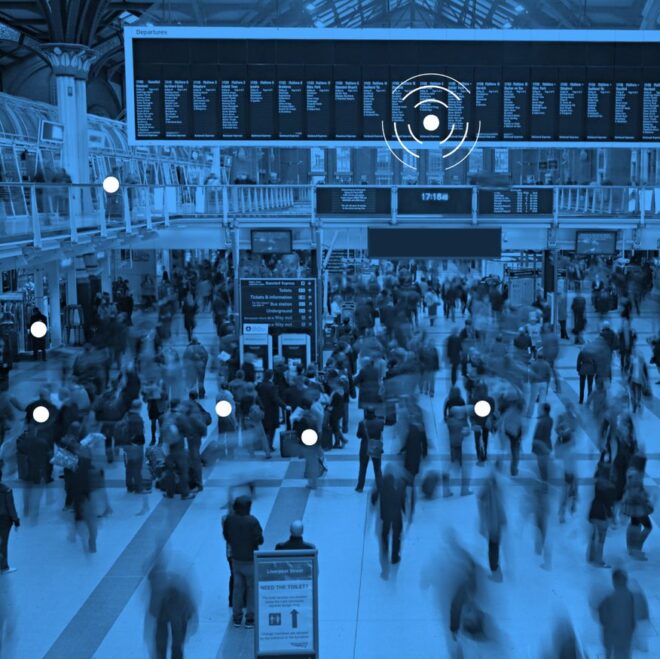Adopted by a number of governments for use in Exposure Notification Systems, Bluetooth® technology plays an important role in the tracking and slowing of the spread of COVID-19. Coupled with its smart building applications, Bluetooth technology also aids in the safe return to offices, commercial buildings, and public venues through solutions such as occupancy management, hygiene management, touchless access control, and more.
Bluetooth® technology also aids in the safe return to offices, commercial buildings, and public venues.
I recently spoke with Dr. Yoshihiro Kawahara, a professor at the University of Tokyo in charge of the development of a smartphone-based contact tracing solution. The app, MOCHA, enabled the university to open campus facilities safely while COVID-19 forced many other universities to shut down. We discussed how their solution helps prevent the spread of infection through monitoring congestion and measuring room occupancy in real time. Dr. Kawahara also explains how MOCHA can serve as a contact tracing solution in the event a student or faculty member tests positive for COVID-19.
Q&A with Dr. Yoshihiro Kawahara
What went into the development of the MOCHA app?
With the continuing COVID-19 pandemic, we have been forced to drastically restrict face-to-face teaching, owing to the large number of students entering and exiting campus facilities at every lecture. Newly enrolled students continue to be unable to meet up with classmates as a result, so we developed the smartphone app MOCHA (MObile CHeck-in Application) to help students feel a little safer on campus and make the most of their time at our university.

How do you use Bluetooth® technology to monitor occupancy indoors?
We placed Bluetooth® beacons in lecture rooms, cafeterias, libraries, and other locations designed for gatherings. The smartphone app detects beacon signals (identifying user name and location information) to determine and record a user’s on-campus location. This information can be aggregated on a server to inform other users about congestion levels of specific locations and enables them to check their own past on-campus movements.
Why did you choose Bluetooth® technology over other wireless technologies?
The system needed to be able to determine which specific room a user was in, and we knew that neither GPS nor Wi-Fi records could provide location information at such a precise level. Bluetooth® beacons are also widely available and highly compatible with a variety of devices. Because we knew we could procure as many beacons as needed when we needed them, we were able to start small and rapidly scale up.
We started in September 2020 with the deployment of beacons in the 100-plus rooms of the College of Arts and Sciences. As of April 2021, we have deployed over 1,200 beacons. We feel that Bluetooth beacon-based systems are the best solution since the equipment is easily procured and deployed and maintenance costs are low.
Bluetooth® beacon-based systems are the best solution since the equipment is easily procured and deployed and maintenance costs are low.
What functions do you plan to implement that will complement the Japanese government’s exposure notification application, COCOA?
With permission from the person who tested positive, we can furnish a list of on-campus locations and an anonymized list of people who spent time with that person going back for a certain period of time from a specific date. If this process results in any interactions that are deemed close contacts, the system can contact the persons concerned.
Any plans for other Bluetooth® based solutions pertaining to the reopening of facilities in the wake of COVID-19?
I can think of any number of ways to use the Bluetooth® beacons we’ve deployed beyond just visualizing congestion during the pandemic, such as reserving library seats and determining how many people are waiting in line at campus cafeterias. We’ll hopefully see people coming up with all sorts of ideas that result in advantageous services.
![]()
FEATURED DOWNLOAD
How Bluetooth Technology is Enabling Safe-Return Strategies in a COVID-19 Era
This report shares analyst’s insights into how Bluetooth® technology is being leveraged to help protect the safety of the public and workforces across many different environments.

![Forbes Predictions article 72 dpi 1300 x 680 px 768x402[1]](https://www.bluetooth.com/wp-content/uploads/2024/04/Forbes-Predictions-article-72-dpi-1300-x-680-px-768x4021-1-660x345.png)
